Brazil has the largest commercial herd of cattle, taking it to the top of the beef export ranking in the world. It is estimated that the area occupied by pastures in Brazil corresponds to 168 million hectares, where 80% is in some degree of degradation (Dias-Filho, 2007). Therefore, the predominant livestock activity is considered one of the most responsible for environmental impacts in the world.
One of the biggest indicators of the environmental impact of an activity concerns the emissions of greenhouse gases (GHG). According to FAO (2016), global emissions caused by human action totaled 54.3mt CO² eq., with agriculture and land use change responsible for 24% of the total. In Brazil, the same activities contribute 72% of the 2.3mt CO² eq. issued in the country. Also according to FAO (2016), among the agricultural activities carried out in the country, livestock contributes with 65% of emissions.
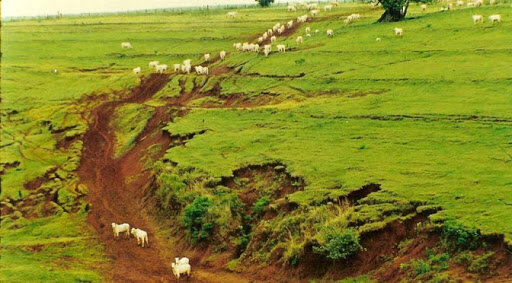
The negative status of livestock in the global emissions scenario is mainly due to the large area occupied by poorly managed and low productivity pastures, which also contributes to the expansion of the agricultural frontier in regions of native forest. An efficient animal production system on pasture has a lot of organic matter in the soil, a high volume of forage and, consequently, a high animal occupancy rate. In addition to higher productivity, it results in several ecological benefits such as carbon sequestration and water retention in the soil and less need for land for production.
There are several strategies to achieve good productivity rates in pasture production systems. The most common is the intensification of the system, based on soil fertility correction, pasture fertilization, adoption of supplementation in the dry season, division of pastures for rotation based on the optimal agronomic range of each grass, and adjustments in the stocking rate with based on forage production throughout the year. Integrated systems (iLP and iLPF) gained prominence in agriculture. However, as with intensification, they depend on a large volume of chemical inputs and are still unable to employ the tree component in a viable, efficient and biodiverse way.
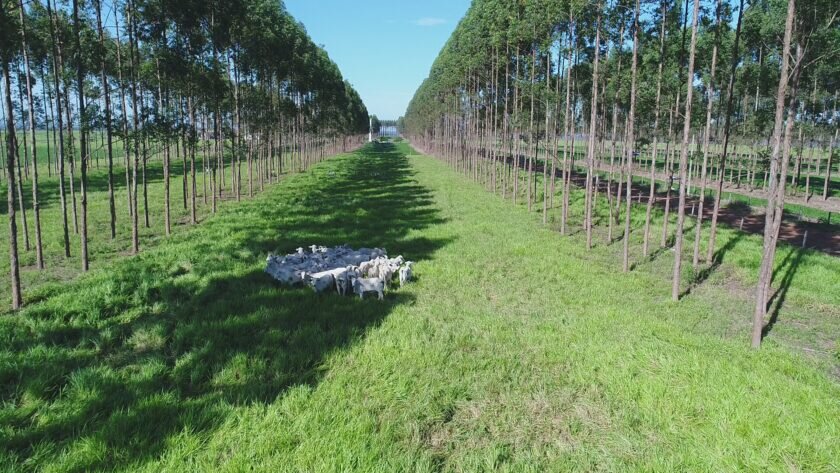
The adoption of agroforestry systems, such as silvopastoral systems (SSP), has been identified as one of the most effective options for regenerating degraded pastures and increasing productivity. The SSP are characterized by the integration of trees (native or exotic), mixed or single pastures and animal component, in order to obtain products or services from the components present.
The presence of trees as a fundamental component, whether for diversifying production (timber and non-timber), or for supplementing forage and improving the environment for livestock, stands out for the incorporation of environmental services into the system, such as conservation soil, water regulation, carbon sequestration and increased biodiversity. Trees contribute to ensuring the thermal comfort of animals, providing more time for rumination and less time for idleness. The reduction of energy losses to dissipate heat also has an influence on the productive and reproductive indices of the herd.
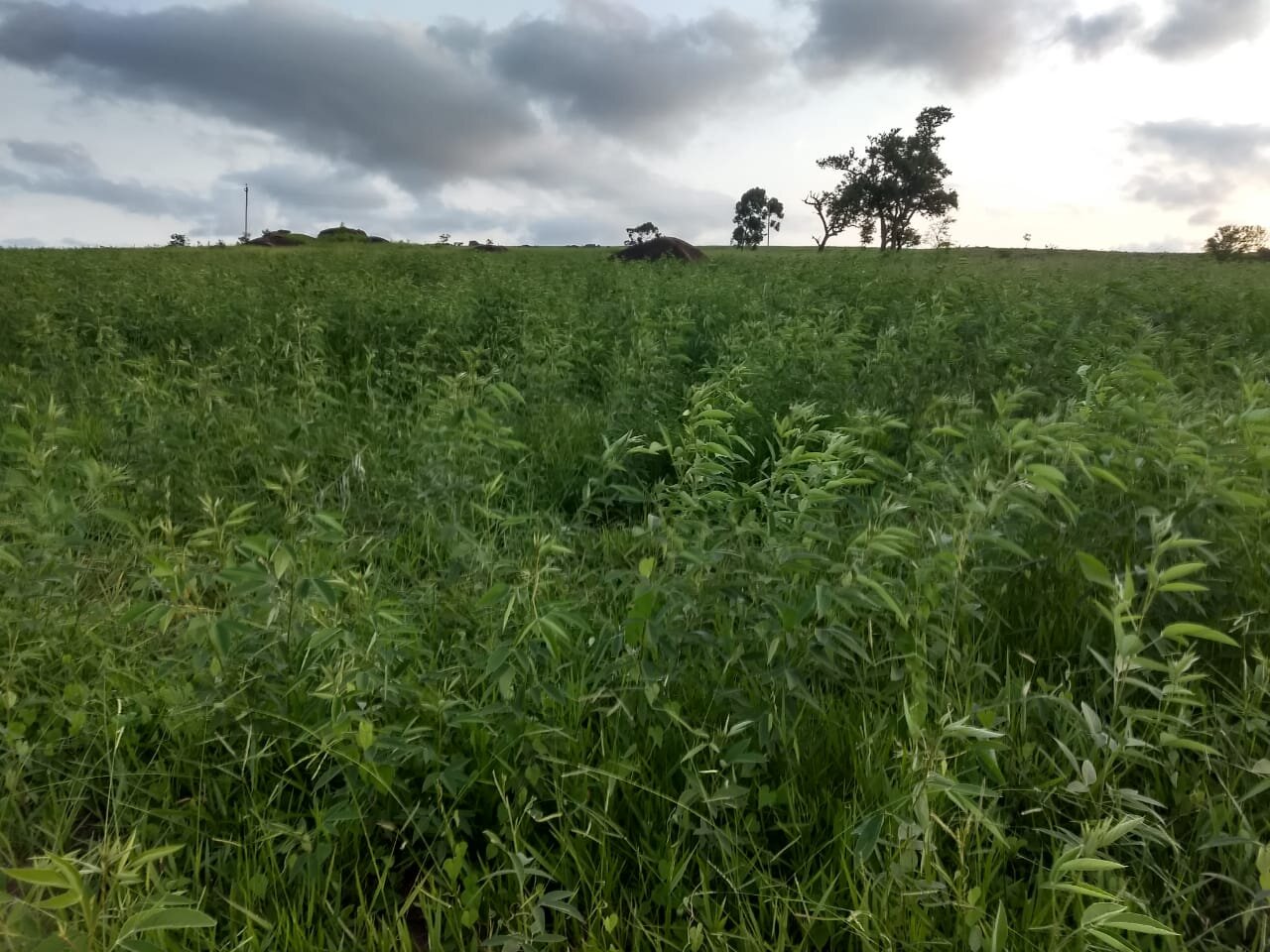
There are also alternatives to make SSP even more regenerative and biodiverse, with the inclusion of nitrogen-fixing legumes, shrubs or trees. These plants help to circumvent the seasonality curve of tropical forages, and increase the animals' diet with a higher quality forage. These systems are called intensive SSP (SSPi) due to the higher density of forage and service tree species. The greater supply, diversity and quality of forage in these systems results in a higher stocking rate when compared to conventional or even intensified pastures.
Countless experiences in tropical regions show that mixed pastoral and wooded systems have higher productivity rates, both for livestock and for the tree component. The wide adoption of SSPi for the production of one of the main commodities with stigma of environmental degradation is a definitive strategy of productive restoration of the landscape, adding environmental services to production areas.
Now, PRETATERRA takes on a new challenge: the Pasto Vivo project
With our partners at Luxor, Meraki Impact, Renature and EMBRAPA, we will use all our know-how of creating modular, replicable, elastic and adherent designs to create a solution for large-scale agroforestry livestock, starting on a pilot property of 1,200 hectares in western Mato Grosso. Follow the next steps of this innovative project.
Learn more at project website
Collaboration on the text: Everton Lemos – Zootecnista.


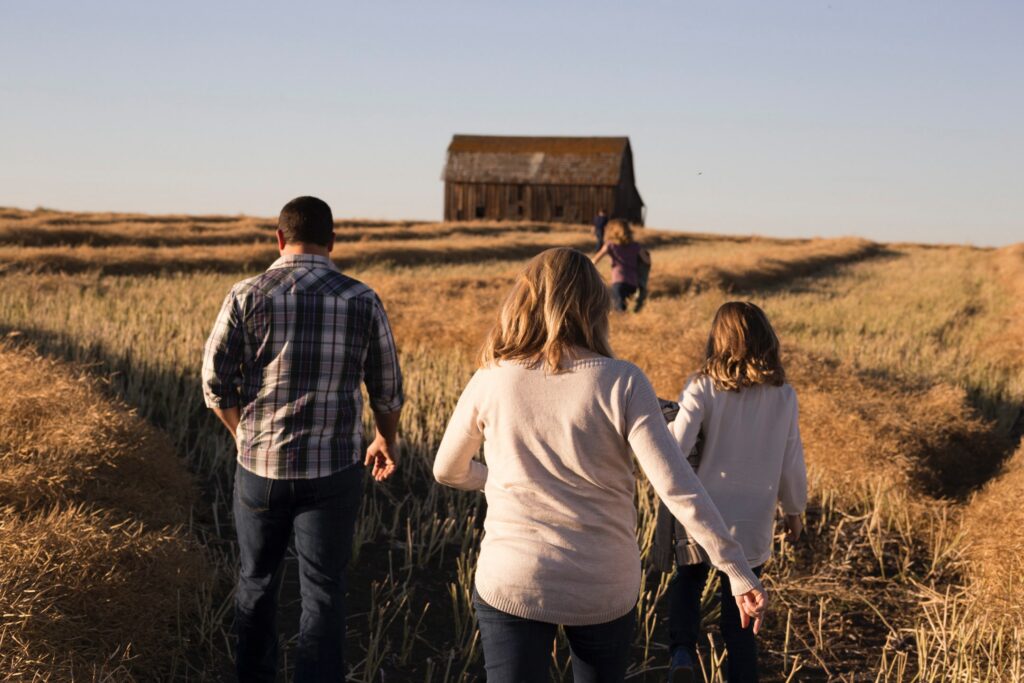
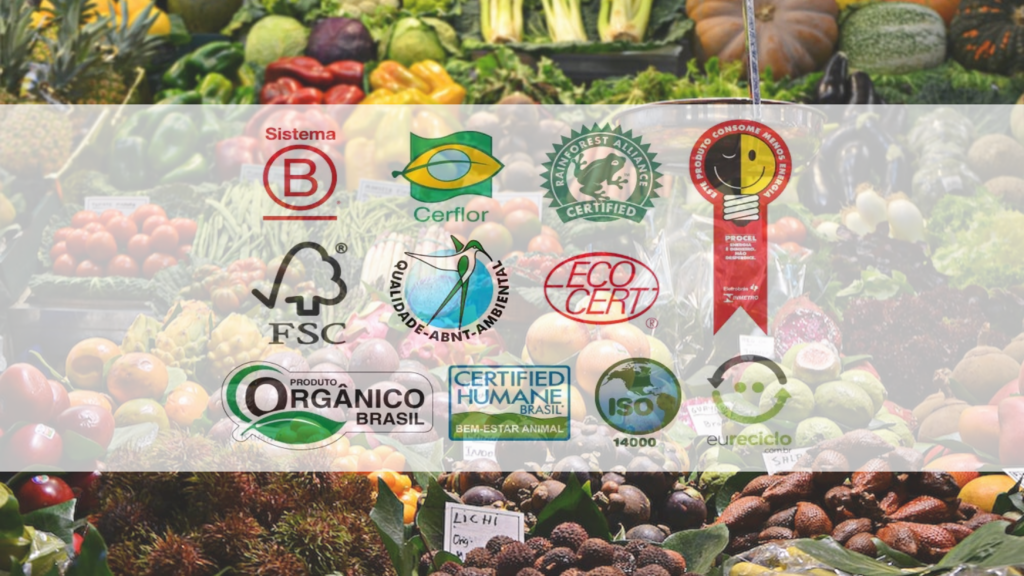
 agroforestry taken seriously
agroforestry taken seriously 